
Volvo V60 Coupe (2010-2018) engines, drive and performance

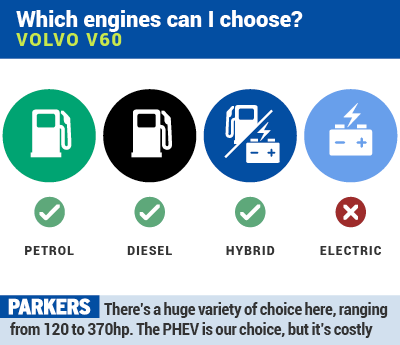
You’re spoiled for choice with the V60, and although there aren’t many variations in engine capacity, there are loads of powertrain options to choose from.
Three diesel engines, two petrol units, and two hybrids are offered on the V60 line-up, along with the option of auto and manual transmissions on all the diesels. The hybrids are also auto-only, as are the two most powerful petrol models.
Diesel and hybrid versions
The headline model in the V60 line-up is the D6 Twin Engine all-wheel drive model. This uses a five-cylinder 2.4-litre diesel engine allied to an electric motor. The result is 288hp, 0-62mph acceleration in 6.1 seconds and claimed official CO2 emissions of just 48g/km. It can also drive solely on electric power for up to 31 miles.
The V60 is also offered with D2, D3, D4 and D5 badged diesel engines. The D2 is a 1.6-litre unit producing 120hp and 62.8mpg average economy. The D3 and D4 engines share the same 2.0-litre turbodiesel engine, but in 150hp and 190hp states of tune respectively. However, fuel economy (62.8mpg) and CO2 emissions (119g/km) are identical.
Volvo V60 petrol engines
The petrol line-up starts with the T2, a 1.6-litre unit producing 122hp. This accelerates from 0-62mph in 12.7 seconds and has a top speed of 115mph. The T3 ups that power to 152hp, and the 0-62mph time drops to 9.6 seconds and 124mph.
The T4 (180 and 190) and T5 (240) models are based on the 2.0-litre turbo unit delivering an impressive 180, 190 and 240hp, combined with a six-speed manual gearbox or automatic. This is enough for 0-62mph acceleration range of between 9.2 and 7.3 seconds, although the claimed combined fuel economy of between 27 and 38mpg for the most poweful model makes this a niche choice.
Topping the petrol range before the Polestar is the T6, a four-wheel drive Volvo V60 performance model offering 310hp, 27mpg combined fuel economy and a maximum speed of 155mph.
Volvo V60 Polestar engine and performance
This is a Volvo estate with launch control; that means the engineers really have taken the issue of Volvo V60 Polestar performance seriously. A press of the brake and throttle simultaneously holds the engine revs at around 3,000rpm and optimises grip off the line for maximum attack. Do it right – it only lasts for five seconds so don’t be too tardy in releasing the left pedal – and this lifestyle load-lugger can sprint from 0-62mph in five seconds.
Admittedly there’s not much drama off the line, thanks mostly to the excellent four-wheel drive system, but at least the engine provides some aural fascination on the move. If you like your engines old-school, then the series of induction, turbo spool and flutter under full-throttle will please any inner child. The 2.5-inch diameter active exhaust system – with dual 3.5-inch tailpipes – only adds to the assault on the ears, though the bassy idle never screams so loud as to frighten children or small animals passing by.
Polestar’s engineers have increased power on the T6 petrol engine from 299bhp to 345bhp by adding a new twin-scroll turbo and larger intercooler, which also helps achieve the headline 500Nm of torque – available from 3,000rpm. Certainly it feels as quick as all the on-paper figures would suggest, though never in the realms of it’s German rival’s M or AMG badged cars. Think Audi S4 or BMW 335i though and you’ll be on the money.
One thing the Polestar V60 misses out on is a manual, or even fast-shifting dual-clutch automatic, gearbox, instead making do with the firm’s familiar six-speed automatic which is in truth a little old-hat now. The race team has had its hands on it though, re-writing some of the software for faster and more decisive shifts, which has worked but not performed miracles.
Superseded Volvo V60 models
Dropped from the range in 2015 was the appealing five-cylinder 2.4-litre D5 unit which offered 215hp, 61.4mpg average fuel economy and CO2 emissions of 120g/km.
Older versions of the V60 were also offered in 1.6 DRIVe guise, which is essentially the same engine as today’s D2 model. Confusingly, pre-2013 V60s also featured a D3 model but this one produced 165hp.

The V60 certainly feels nimble especially if you’re used to more traditional Volvo estate cars of the past. However, even when you adjust the settings to weight the steering and give it more feel, it is still too light and lacks feel.
Thanks to the low-slung shape of the V60 there is very little body roll in corners. Take it onto the motorways and this car feels right at home: it is assured and made for cruising at 70mph.
If that description paints a picture of a car that lacks excitement, then that’s entirely fair. But it also fair to say that the V60 doesn’t need to be the last word in handling precision – in front-wheel drive form, it’s neat and predictable, while in four-wheel drive guise, you can add additional grip and security into the mix.
Volvo V60 Polestar handling
The Volvo V60 Polestar handles impressively, thanks to its expensive racing-derived Ohlins adjustable dampers, and springs that are 80% firmer than those found on the T6 the Polestar is based on. Add to that 15% stiffer anti-roll bars, new connecting mounts and bushes, and you have a seriously focused setup.
On a billiard-table-smooth race circuit, or even a glass-flat Swedish road, it all works well; responses are sharp and considering this car’s near two-tonne kerbweight it offers almost exemplary body control.
However on a typically frost-bitten and pockmarked British B-road they simply don’t. To be completely fair the damping is well judged, quickly settling in one movement after being upset, but the springs are too stiff.
Harsh ride, great high-speed body control
At low speed the ride is harsh, and even minor surface changes like white lines (especially those with cats-eyes) can be clearly felt from the driver’s – and passengers’ – seats. Unfortunately only one spring rate is offered across all markets, and while the dampers offer a series of 20 adjustments (with cars being delivered in the safe middle-ground) backing their responses off won’t make the right difference here.
We’re not convinced the V60 Polestar is likely to take part in many track days either, as despite the super-grippy 20-inch Michelin Pilot Supersport tyres, excellent four-wheel drive system and six-piston front brakes it’s clear its sheer mass will soon get the better of it.


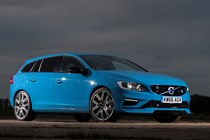


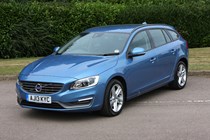




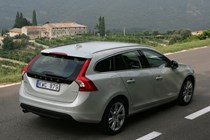
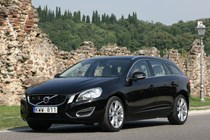
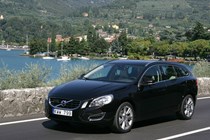
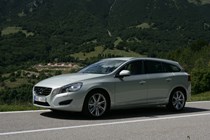
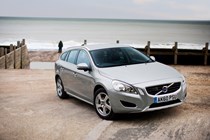
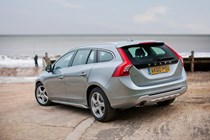
.jpg)
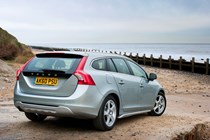
.jpg)
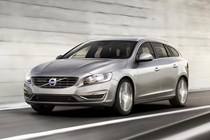
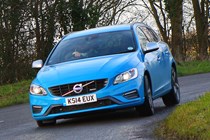

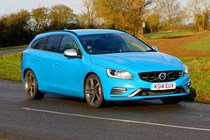


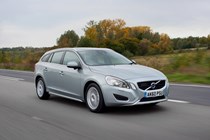
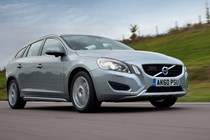
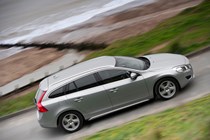
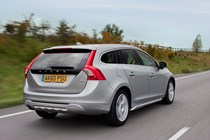

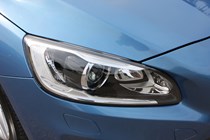
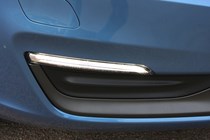
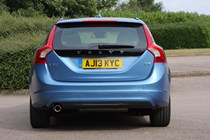
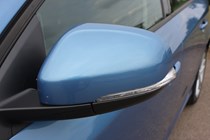


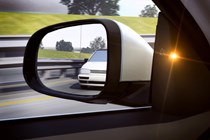

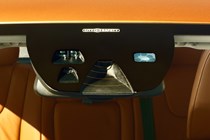
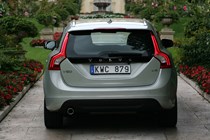

.jpg)
.jpg)
.jpg)
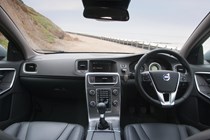


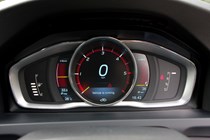
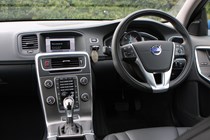
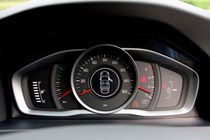
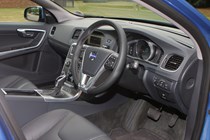
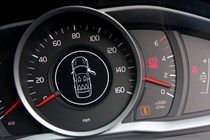

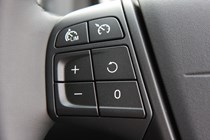
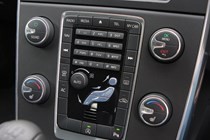
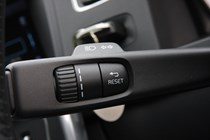
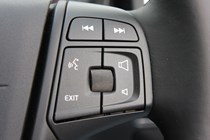
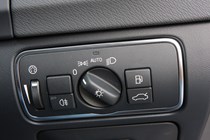
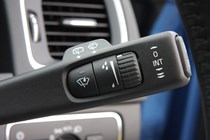
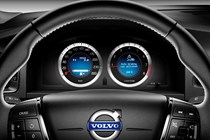
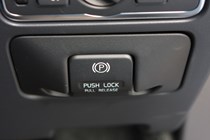
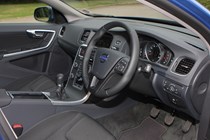
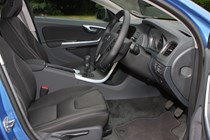
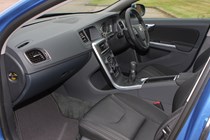
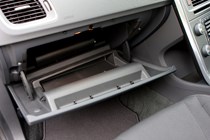
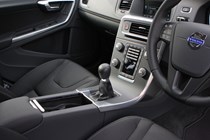
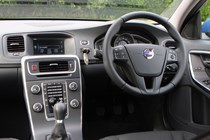


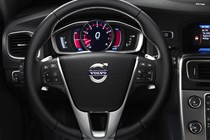

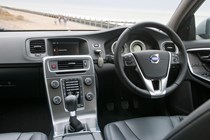

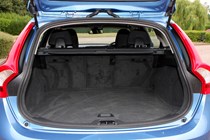
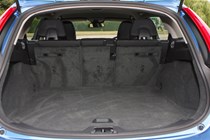
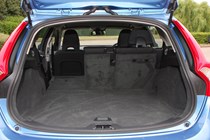
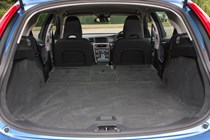
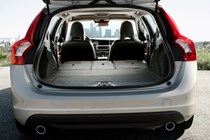
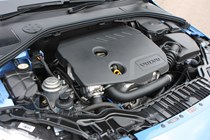
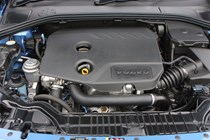
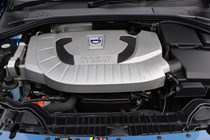
















.jpg?quality=50)

.jpg?quality=50)






















.jpg?quality=50)
.jpg?quality=50)
.jpg?quality=50)






































